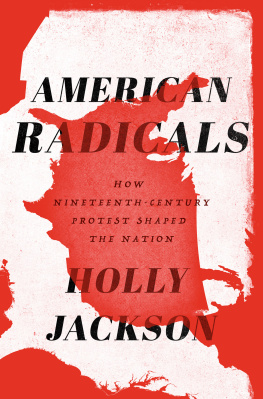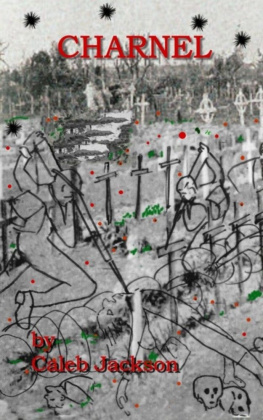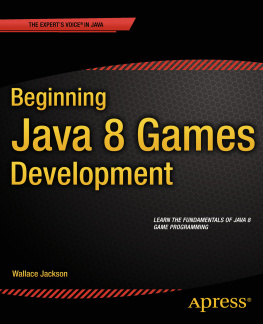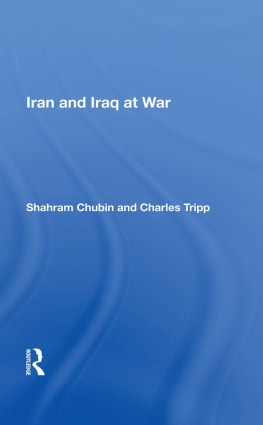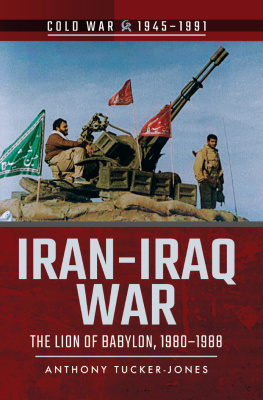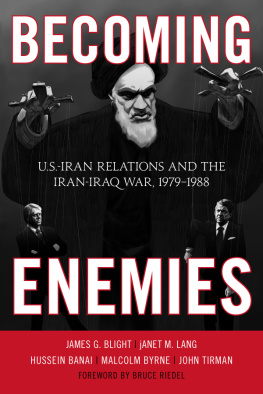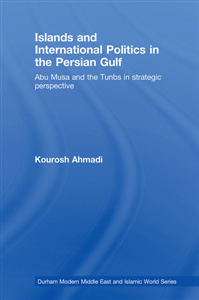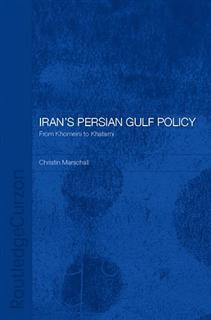PERSIAN GULF COMMAND

Copyright 2018 Ashley Jackson
All rights reserved. This book may not be reproduced in whole or in part, in any form (beyond that copying permitted by Sections 107 and 108 of the U.S. Copyright Law and except by reviewers for the public press) without written permission from the publishers.
For information about this and other Yale University Press publications, please contact:
U.S. Office:
Europe Office:
Set in Minion Pro by IDSUK (DataConnection) Ltd
Printed in Great Britain by Gomer Press Ltd, Llandysul, Ceredigion, Wales
Library of Congress Control Number: 2018936161
ISBN 978-0-300-22196-1
A catalogue record for this book is available from the British Library.
10 9 8 7 6 5 4 3 2 1
This book is dedicated to Sabre, an Australian kelpie, without whose gentle attentions it might have appeared a year ago. Also, to Andrew Stewart, for his friendship, wisdom and generosity.
CONTENTS
ILLUSTRATIONS
PREFACE AND ACKNOWLEDGEMENTS
T his project began when I convened a workshop at Mansfield College, Oxford on research into unusual aspects of the British Empires war experience (the summary papers of which were subsequently published in the journal Global War Studies). Captivated by material on Iran and Iraq, hastily consulted in order to offer insights from a relatively unheralded sphere of wartime activity, I decided to try to write a book on the subject, combining some of the excellent published work on disparate facets of the war in the region with new material gleaned from the archives. In the light of the workshop, Yasmin Khan and I successfully applied for a grant from the Arts and Humanities Research Council to look at the war in both India and the IranIraq region. Our shared desire was to examine military affairs and grand strategy, while also investigating the war from the perspective of local politics and socioeconomic change. Thus, in the wake of Yasmins acclaimed The Raj at War, published in 2015, comes Persian Gulf Command.
Now, at the culmination of the project, the first reflection that comes to mind is that I bit off more than I could chew, but that Im rather glad I did. I wanted to produce a pioneering synthesis of the surprisingly large body of published work on the two countries wartime experience, at the same time introducing as much archival material as possible. While in more immodest moments I like to think that such a work of synthesis and thematic collection has been the result, the fact is that there are so many pools of highly developed specialist literature that I could not hope to plumb them all. The book covers numerous different disciplines and fields of expertise, including international politics, the national and local politics of Iran and Iraq, diplomatic, imperial and military history, and more general history, social and economic. It means that this is something of a jack-of-all-trades work, but a faithful one nonetheless, and one that may spur others to add further to the subjects study.
This is clearly a book written by a British historian, focusing on the British war effort, using primarily British sources (with a significant American archival component too). Having looked at tens of thousands of document pages, the surface has been scratched but not always very deeply penetrated and thats just to speak of the British side of the archival equation. Its difficult to make a genuine apology for this: as most historians know only too well, time and money can only be made to go so far. While I could have taken another year or three in researching and writing the book, theres a limit to how much one can view, how much one can process, as well as how much one can fit within the covers of a single volume at least, one that people are able to lift.
Theres another factor, too, one that afflicts many historical studies: monolingualism. The fact is that I cant easily use archives written in foreign languages. In order to do so, I must work with people who can access them, assess whats available and whats worth consulting, and then translate them. And these are very time-consuming and specialist tasks that cost an awful lot of money, particularly if one wants anything more than a soupon of the material, a dash of colour, from the archive in question. But enough of caveats and excuses. The time has come to echo Churchills words, addressed to his wife as he dispatched the proofs of the early volumes of The World Crisis: We have reached the moment when one must say As the tree falls, so shall it lie.
Readers will find that the book is weighted towards the period 193943. This is because I have found this to be the most interesting period from the perspective of the key decisions affecting the IranIraq region. It is in these years, particularly 194042, that the drama lies because no one then knew which way the war would go. In the period between September 1939 and June 1941, Britain and the leaders of Iran and Iraq watched a range of situations unfolding, and pondered fighting each other as well as the Soviets and the Germans or, in some cases, whether to ally with them. The spring and summer of 1941 saw extensive military action across the region. There then followed an intensive period of readying the region to face invasion, peaking in 1942 and then dropping off dramatically in early 1943 when allied victories elsewhere all but removed the threat. The focus then became the development of the supply line from the Persian Gulf across Iran and Iraq to the Soviet Union, and America joined the story in force. The last years of the war were years of virtually no strategic threat to the region. The situation inside Iran and Iraq, politically and in terms of food supply, stabilized, though secessionist movements prospered. This later periods main feature was the drawing up of battle lines between and among the Big Three allies, with the opening shots fired in Americas contest with British imperialism and the West-versus-East struggle that would come to be known as the Cold War. Due to the focus on the earlier years of the war, allies is used rather than Allies throughout the text to avoid confusion when speaking of allied powers before and after the 1 January 1942 United Nations declaration.
Finally, a note on the title. I felt that Persian Gulf Command captured the sweep that I hoped the book would encompass; it is not a direct reference to the US Armys Persian Gulf Command that was formed during the war (though it plays a key part in the story). For a long time my working title was The Pink Elephant and the Peacock Throne, the former referring to the shoulder flash worn by the troops of Britains Persia and Iraq Command, whose red elephant on its blue background rapidly faded to pink in the sun, and the latter to the famous throne of the kings of Persia. But I always knew that it would be considered too obscure to actually make the front cover.
The Arts and Humanities Research Council deserve special thanks. I am particularly indebted to Andrew Stewart for his extraordinary generosity with source material and numerous discussions on the subject matter and the broader war context. It is important to acknowledge the specialist scholars without whose work a book of synthesis such as this would be quite impossible to prepare. Covering several distinct fields of scholarship means that one depends on such experts, and must deal with the constant sinking feeling that inevitably brief treatments of their work have not done them justice. They are too numerous to list, but one might mention the work of Mohammad Gholi Majd, who offers unique perspectives on wartime Iran; Richard Stewarts book on Irans invasion; Daniel Silverfarb, who wrote a splendid history of BritishIraqi relations; Simon Davis, whose take on intra-allied relations in the Persian Gulf region in the 1940s challenges some monumental received wisdoms, and whose erudition and knowledge of both primary and secondary material appears to be unrivalled; and Adrian OSullivan, whose extraordinary body of work on espionage and counter-espionage in Iran and Iraq is a wonder to behold. In terms of specialist journals,
Next page


